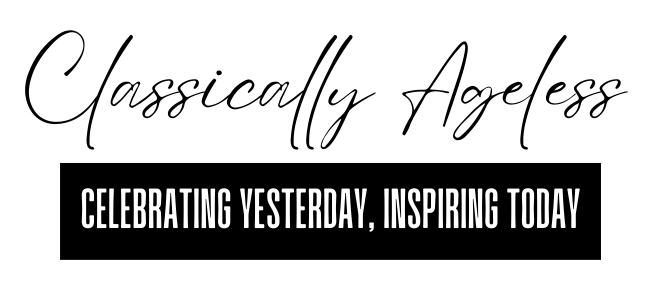Dance, an expression of culture, emotion, and history, evolves with each passing era. Yet, certain dance moves achieve an iconic status, becoming timeless classics. These moves not only define the periods in which they emerged but also continue to influence the dance floors of today. This article takes a quick spin through the history and impact of classic dance moves that have left an indelible mark on the world of dance.
The Era of Innovation: From the soulful steps of the ’60s Twist to the robotic precision of the ’70s Robot, each classic dance move tells a story of its time. The ’80s Moonwalk, immortalized by Michael Jackson, showcased a blend of illusion and talent, pushing the boundaries of what was possible on the dance floor. The ’90s brought the world together with the Macarena, a simple yet infectious dance that became a global phenomenon.
Cultural Impact: These dances did more than just populate dance floors; they mirrored societal changes, technological advancements, and shifts in popular culture. The Charleston’s flapper-driven popularity in the 1920s spoke to a newfound freedom, while disco moves of the ’70s echoed the era’s flamboyance and liberation.
Enduring Popularity: Classic dance moves continue to be celebrated and revived, finding their way into contemporary music videos, films, and even viral social media challenges. The enduring appeal of these dances lies in their ability to bring people together, transcending age, culture, and time.
The legacy of classic dance moves is a testament to their power to captivate and entertain. As we move forward, these timeless steps remain a cherished part of our collective dance heritage, reminding us that sometimes, the best way to step into the future is to take a step back.




